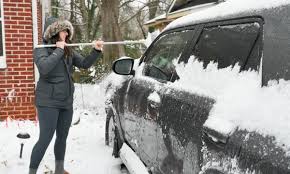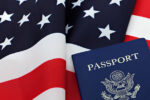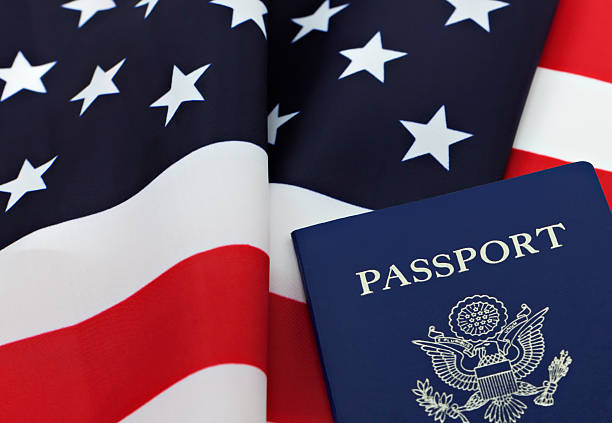A significant winter storm swept through the southern United States, bringing snow, sleet, and freezing rain to the Charlotte area. This event marked the region’s first measurable snowfall in nearly three years, disrupting daily life and travel.
Snowfall and Ice Accumulation
In Charlotte, snowfall was modest, with less than half an inch reported. The city’s last measurable snow occurred three years ago, making this a memorable event for residents. Surrounding areas experienced varying amounts of snow and ice:
- West Jefferson: Reported the highest snowfall in the region, with 7 inches.
- Boone: Recorded approximately 5.2 inches of snow.
- Greensboro: Received more than 2 inches of snow.
- Kernersville: Accumulated about 3 inches of snowfall.
- Durham: Reported around 1 inch of snow.
- Raleigh-Durham: Saw 0.7 inches of combined snow and ice.
Freezing rain created icy conditions, with up to a quarter-inch of ice accumulating on roads, sidewalks, and trees in the Charlotte metro area.
Impact on Transportation
The storm significantly affected transportation across the region. Air travel at Charlotte Douglas International Airport saw hundreds of cancellations and delays. On the day of the storm, over 700 flights were canceled, and more than 200 were delayed. The disruptions continued into the next day, with additional cancellations and delays reported.
Road travel was equally treacherous. Ice accumulation made roads slick, causing numerous accidents. While major highways in Charlotte were cleared quickly, secondary roads remained hazardous due to refreezing, leading officials to warn of black ice.
Power Outages and School Closures
The combination of ice and wind caused power outages in many areas. Thousands of residents experienced disruptions, although power restoration efforts were swift in most cases.
Schools across the region were also affected. Charlotte-Mecklenburg Schools canceled classes for a snow day, their first in years. Many other districts either canceled classes or transitioned to remote learning to prioritize safety.
Regional Comparisons
While Charlotte’s snowfall was modest, other areas in the southern United States experienced more substantial accumulations. Regions like Mena, Arkansas, saw up to 14 inches of snow, while cities such as Dallas, Oklahoma City, and Atlanta reported significant snowfall totals, marking their largest snowstorms in years. These conditions caused widespread travel disruptions and led to states of emergency in several areas.
Safety Measures and Recommendations
Authorities issued safety advisories to help residents navigate the aftermath of the storm:
- Limit Travel: Avoid driving unless absolutely necessary to prevent accidents.
- Monitor Updates: Stay informed through weather reports and advisories.
- Prepare for Cold: Ensure homes are adequately heated and stocked with emergency supplies.
- Check on Neighbors: Offer help to those in need, especially the elderly or those with mobility challenges.
Looking Ahead
With temperatures expected to remain below freezing at night, officials warned that melted precipitation could refreeze, creating additional hazards. Residents were encouraged to remain vigilant, particularly during early morning hours when black ice is more likely.
Conclusion
The winter storm brought a mix of snow, sleet, and freezing rain, ending Charlotte’s nearly three-year snow drought. Although the snowfall itself was modest, the ice caused significant disruptions, from flight cancellations and hazardous roads to power outages and school closures. As the region begins to recover, staying cautious and prioritizing safety remains a top priority.
Disclaimer – Our team has carefully fact-checked this article to make sure it’s accurate and free from any misinformation. We’re dedicated to keeping our content honest and reliable for our readers.








